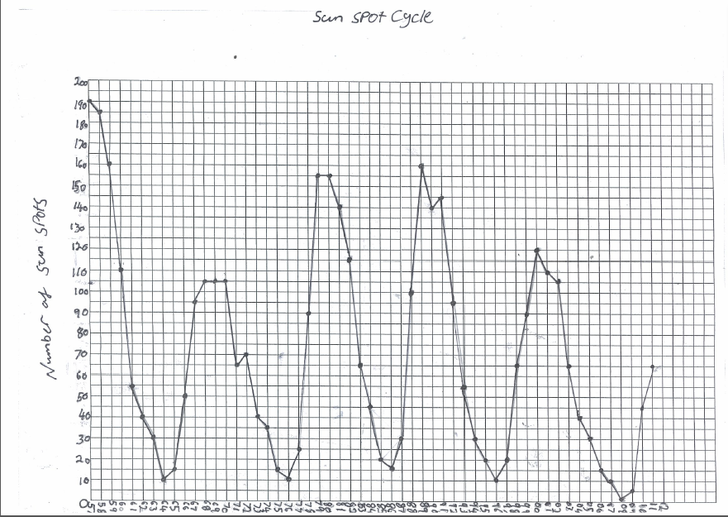

Keep your sunburned skin cool with damp towels or by taking cool baths. The best thing you can do is treat your symptoms and give your skin time to heal. If you do happen to get a sunburn, there's not much you can do to make your skin heal quickly.

Wearing long-sleeved shirts, hats and sunglasses can help reduce your exposure to the sun. If you're prone to sunburn, you might want to consider taking other steps to protect your skin. The higher the SPF number, the more protection from the sun the sunscreen provides. Try to use a sunscreen with an SPF of at least 15. There should be a Sun Protection Factor (SPF) number listed on the bottle. Sunscreens come in many different varieties. If you're exercising or sweating a lot, you'll need to apply sunscreen more often. Make sure you lather up with plenty of sunscreen and put more on every two hours. This is especially true if you're going to be out in the sun for a long time, such as a day at the beach. If you're going to be out in the sunshine, you should wear sunglasses and use sunscreen. You should also know what to do if you do happen to get a sunburn.
#Corona weather spf how to#
Now that you have a good idea how hot the sun is, it's time to think about how to protect your body from the sun's harmful rays.How accurate were your guesses? What was the coldest liquid? What was the hottest? How does the hottest liquid compare to the heat of the sun's core? Then use your thermometer to measure their exact temperatures. Make a list of all of these items and your guess as to what temperature they are. Find samples of various liquids, such as tap water at room temperature, milk from the refrigerator, the coldest water you can get from the tap, the hottest water you can get from your shower, some water that has been microwaved for 10, 20, 30 or more seconds, and some boiling water. You may want to get help from an adult, too, as this will be more fun if you use the stove and microwave to heat up some water. You'll need samples of a few different liquids of different temperatures. Learn to gauge the temperature of various items from your own personal experience. So how hot is hot? You'll need a thermometer for this fun exercise.Whew! Today's Wonder of the Day really heated things up, didn't it? Well, we say pour it on! Let's get things even hotter as you explore one or more of the following activities with a friend or family member: Scientists call these areas " sunspots." Sunspots tend to be cooler than surrounding areas and are usually “only" about 6,700° F. If the core is the hottest part of the sun, what's the coolest part? Occasionally, cool, dark areas of magnetic disturbances erupt on the photosphere. A temperature of 27 million degrees Fahrenheit is more than 12,000 times hotter than the hottest lava on Earth! In the core, the process of nuclear fusion creates temperatures of approximately 27,000,000° F. To get to the hottest part of the sun, you have to travel all the way to its core. Incredibly, though, the corona isn't the hottest part of the sun either.


That's right - 3.6 million degrees Fahrenheit. The farthest point of the corona from the sun can be as hot as 3,600,000° F. This outermost atmospheric layer is called the " corona." The corona is the bright halo of light you can see during a total solar eclipse. The sun's temperature gets even hotter as you move away from the photosphere - either inward toward the core or outward toward the sun's outermost atmospheric layer. But the photosphere isn't even the hottest part of the sun. But even lava can't hold a candle to the sun!Īt its surface (called the " photosphere"), the sun's temperature is a whopping 10,000° F! That's about five times hotter than the hottest lava on Earth. Lava is indeed very hot, reaching temperatures of 2,200° F or more. What's the hottest thing on Earth? Many people immediately think of lava, the hot, molten rock that occasionally flows from volcanoes. At 93 million miles away, the Earth is just far enough away from the sun to allow us to live comfortably all year long. Just think about how hot it would be, though, if Earth were closer to the sun. How hot does it get where you live during the summer? Temperatures over 100° F are common in many parts of the United States during the summer. It's fusion that creates the heat and the rays of light that eventually reach Earth. Those gases are mostly hydrogen and helium, but the sun also contains small amounts of several other elements, including oxygen, carbon, nitrogen, magnesium and iron.Īt its core, the sun burns millions of tons of hydrogen every second in a process called " nuclear fusion." Fusion turns hydrogen into helium and releases incredible amounts of energy in the process. The sun that heats our planet and brings life to everything on Earth is a big ball of gas.


 0 kommentar(er)
0 kommentar(er)
